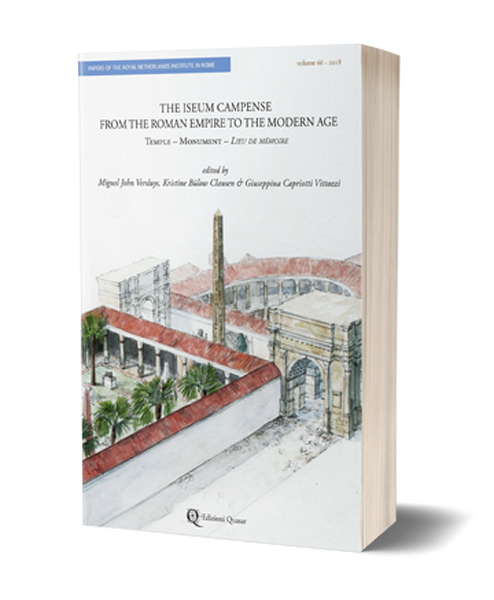
The Iseum Campense, the impressive sanctuary for Isis and the Egyptian gods on the Campus Martius and arguably one of ancient Rome’s most notable absent presences, is a monument central to various debates. It was the largest temple for the Roman cults of Isis in the western Mediterranean; it mattered greatly to the Flavii as one of their means of self-definition and it was a lieu de mémoire: from the Renaissance onwards, important parts of the mnemohistory of Egypt were shaped in Rome based on the Iseum Campense and the finds associated with it. This unique volume brings together specialists on these three debates for discussion and provides the first long-term overview of this temple, monument and lieu de mémoire that has played such an important role in the history of the city of Rome, from Antiquity to the Modern Age.